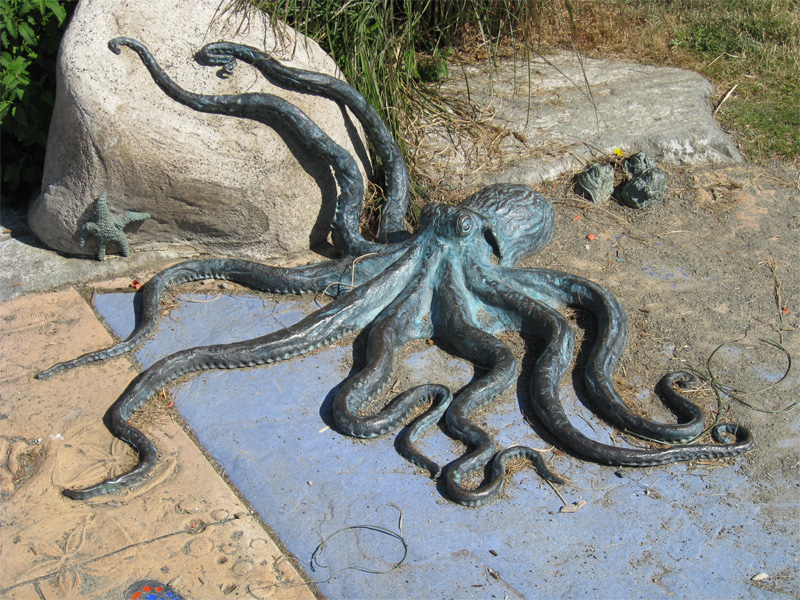Glee is one of those odd words which conveys in one short syllable both a giddy positivism and its twisted darker side. It’s a slightly psychotic word.
Perhaps that’s why it’s so apt as the title of the latest Fox network hit, which revolves around the bright hopes and delusional romances of a group of musically gifted high school students and the Machiavellian machinations of the cheerleading coach determined to destroy them.
Gosh. If that’s not good TV, I don’t know what is.
Well, truly, I don’t think I would ever make the cut as a TV programmer, since every show I like tends to get cancelled after one season. “Freaks and Geeks,” for instance. Now there was a brilliant, funny, subtle show about the American high school experience. The cast in that show hardly every broke into song without irony. Ah well, at least many of them, such as James Franco and Seth Rogen, have moved on to illustrious or less lustrous careers in show biz.
The cast of “Glee” has already won a Golden Globe for its first season, which suggests that the actors may be stuck in high school for a bit longer than the customary four years. And I must confess, I do like “Glee,” in part because it’s so far removed from any reality I experienced in high school back in the pre-tech age, when a student could be sent home for wearing sandals, or a skirt which didn’t reach the knee. Back when “classic” rock was cutting edge.
But I digress. “Glee” is put together with the clear-eyed marketing savvy of a soft-drink campaign. Suffice it to say that in my day no member of the football team, much less the star quarterback, would have also been singing and dancing in the glee club. But in “Glee” the cast is a triumph of precision political correctness, with representatives from a rainbow of ethnic groups, as well as a token gay member, a few handicapped and a misunderstood diva in the Barbra Streisand mold before it set.
What prevents the show from being as insipid as a Pepsi ad is the gleeful venom of the antagonist, the cheerleading coach Sue Sylvester, played with verve and crisp conviction by Jane Lynch, an actress who for years has added panache to standard sitcom fare such as “Two and Half Men.” It’s great to see Lynch enjoying herself in this nasty role. Without her, “Glee” would sink from the weight of its relentless power pop numbers and flashy dance routines. I mean, seriously, what are these kids doing in high school when they obviously belong on Broadway?
The answer, of course, is that they aren’t in school. It’s make-believe as far removed from reality as any “reality” show, only a lot more fun to watch.
That said, it can’t last. If I like it, it’s doomed.
Mwah hah hah.




